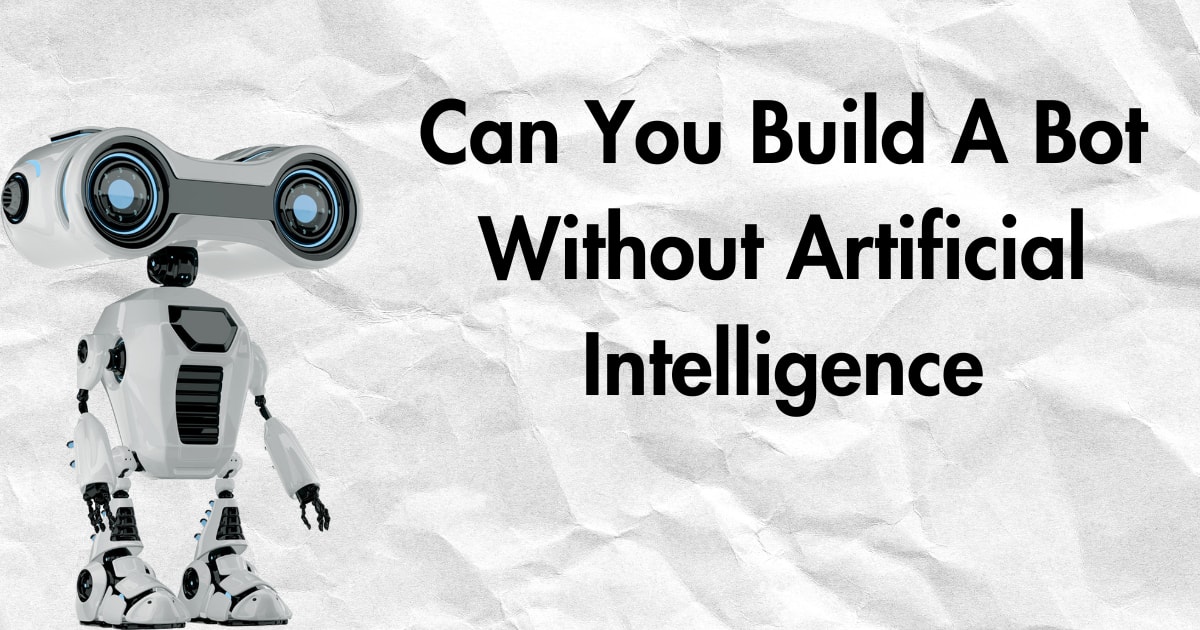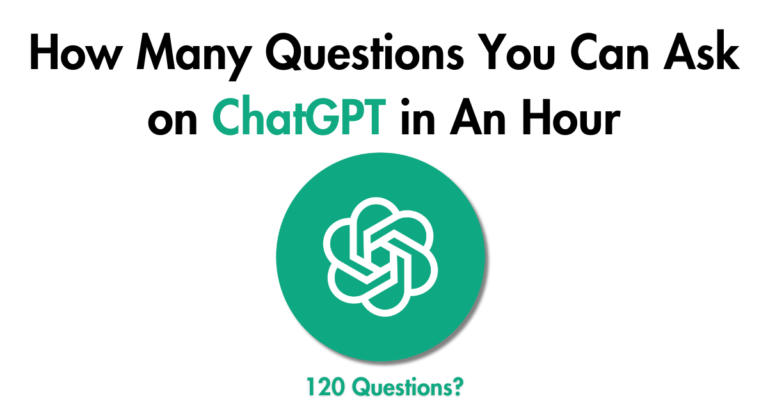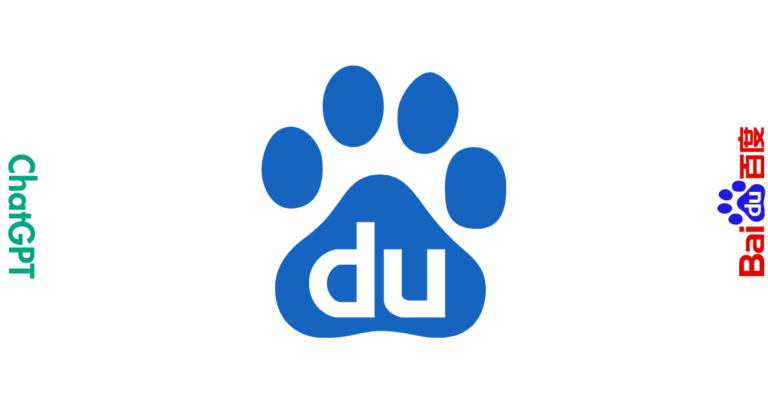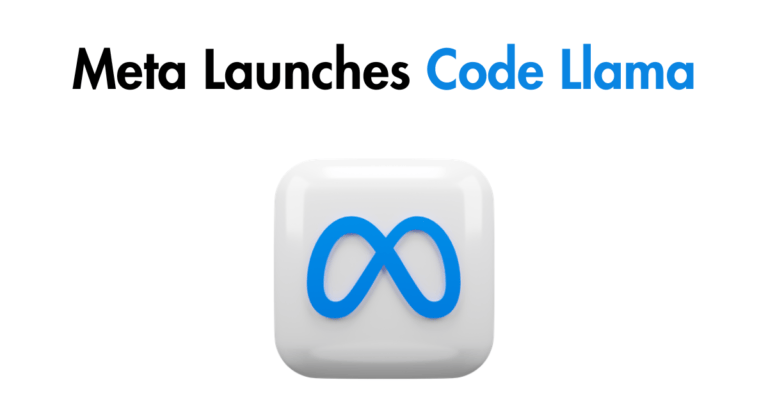
Can you build a bot without artificial intelligence? It’s an intriguing question that has caught the attention of many. In this article, we will explore the possibilities and limitations of creating a bot without relying on AI technology. So let’s dive in and find out if it’s possible to build a bot without the brain of artificial intelligence.
Nowadays, artificial intelligence seems to be everywhere, powering the latest innovations and technologies. But what if you want to create a bot without using AI? Is it possible to achieve the same level of functionality and interactivity? That’s what we’re here to find out.
Whether you’re a young aspiring developer or simply curious about the inner workings of bots, understanding the role of artificial intelligence in bot development is important. So, let’s embark on this journey together and see if building a bot without artificial intelligence is within our grasp.
Can You Build a Bot Without Artificial Intelligence?
Building a bot without artificial intelligence is possible! While AI can enhance bot functionality, it’s not a requirement. Instead, you can focus on creating a rule-based bot that follows predefined instructions.
By utilizing technologies like natural language processing and decision trees, you can build a bot that can handle various tasks and interactions. AI may add complexity, but it’s not necessary for a functional bot.
Basics of Bot Development
Before diving into the question of building a bot without AI, let’s first understand the basics of bot development. Bots are computer programs designed to automate tasks and interact with users conversationally. They can be used for various purposes, such as customer support, information retrieval, and even entertainment.
To build a bot, you need to consider the following components:
- Input interface: The interface through which users interact with the bot, such as a chat window or voice recognition system.
- Processing logic: The algorithm or set of rules that govern the bot’s behavior and determine its responses.
- Output interface: The medium through which the bot communicates its responses to the user, such as text or speech.
Traditionally, bot development relied on predefined rules and patterns to handle user input and generate appropriate responses. While this approach can be effective for simple bots, it can quickly become cumbersome and limited when dealing with complex or ambiguous user queries. This is where AI comes into play, enabling bots to understand natural language, learn from user interactions, and provide more sophisticated and personalized responses.
Limitations of Non-AI Bots
While it is possible to build a bot without AI, it is important to consider the limitations of such an approach. Non-AI bots rely heavily on predefined rules and patterns, which can make them inflexible and unable to handle unexpected or complex user queries.
They lack the ability to learn and adapt, which is a key advantage of AI-powered bots. Additionally, non-AI bots may struggle with natural language processing and have a higher chance of providing inaccurate or irrelevant responses.
However, there are scenarios where non-AI bots can still be effective. For example, if you have a specific set of predictable tasks that the bot needs to handle, a rule-based approach might be sufficient. In these cases, the focus is on providing accurate and prompt responses rather than advanced AI capabilities.
It’s crucial to understand the specific requirements and goals of your bot before deciding whether to pursue an AI or non-AI approach. If your bot needs to handle complex queries, learn from user interactions, or provide personalized responses, AI will likely be the better choice. On the other hand, if your bot has a narrow scope and well-defined tasks, a non-AI approach could suffice.
Rise of Non-AI Bot Development
While AI has revolutionized the field of bot development, there are still valid use cases for non-AI bots. In fact, non-AI bot development is experiencing a resurgence in certain scenarios where simplicity and reliability are valued over advanced AI capabilities.
Non-AI bots can be built using a variety of technologies and techniques, including:
- Rules-based systems: These systems use a predefined set of rules to process user input and generate responses. They are suitable for situations where the user’s queries can be predicted and the responses can be determined based on known patterns.
- Template-based systems: These systems use pre-designed templates or scripts to generate responses based on user input. They are useful for scenarios where the bot’s responses follow a fixed pattern or structure.
- Natural Language Processing (NLP) libraries: While not strictly AI, NLP libraries can enhance non-AI bots by providing language processing capabilities. They can help in tasks such as text classification, sentiment analysis, and entity recognition.
Non-AI bot development offers advantages such as simplicity, ease of implementation, and predictable behavior. It can be a cost-effective solution for businesses looking to deploy bots quickly without the need for extensive AI training or infrastructure. However, it’s important to note that non-AI bots may not provide the same level of accuracy, personalization, and adaptability as their AI-powered counterparts.
Challenges and Considerations for Non-AI Bot Development
While non-AI bot development has its merits, it also comes with its own set of challenges and considerations. Here are some factors to keep in mind:
1. Limited Ability to Handle Ambiguity
Non-AI bots struggle with ambiguity in user queries. If a query falls outside the bot’s predefined rules or patterns, it may provide an inaccurate or irrelevant response. Addressing this challenge requires careful planning and extensive testing to ensure the bot can handle a wide range of user inputs.
2. Lack of Personalization
Non-AI bots typically lack the ability to provide personalized responses based on user preferences or historical interactions. This can result in a less engaging and tailored user experience. If personalization is a key requirement for your bot, an AI-powered approach may be more suitable.
3. Maintenance and Updates
Non-AI bots rely on predefined rules and patterns, which need to be regularly updated and maintained to ensure the bot remains relevant. This can be time-consuming and may require manual intervention whenever the bot encounters new queries or scenarios outside its predefined scope.
4. Scalability and Flexibility
As the complexity and variety of user queries increase, non-AI bots can struggle to scale and adapt. With each new rule or pattern added, the maintenance and management of the bot become more challenging. AI-powered bots, on the other hand, can leverage machine learning algorithms to continuously learn and improve their performance.
Building a bot without relying on artificial intelligence is possible, but it comes with limitations. Non-AI bots can be effective for specific use cases with well-defined tasks and predictable user queries. However, they may struggle with handling ambiguity, providing personalized responses, and scaling to handle complex scenarios.
When deciding whether to build a bot with or without AI, it’s important to carefully consider your requirements, goals, and the trade-offs involved. AI-powered bots offer advanced capabilities, adaptability, and personalization, but they require more resources, expertise, and infrastructure. Non-AI bots, on the other hand, provide simplicity and reliability, but may lack the sophistication and flexibility of AI.
Ultimately, the choice between AI and non-AI bot development depends on the specific needs of your project and the trade-offs you are willing to make. By understanding the advantages and limitations of each approach, you can make an informed decision and build a bot that best meets your requirements.
Frequently Asked Questions
Building a bot without the use of artificial intelligence is something many people wonder about. Can it be done? Let’s explore this topic further through these frequently asked questions!
1. How can I build a bot without using artificial intelligence?
Building a bot without artificial intelligence is indeed possible. While AI is often used to enhance the functionality and interactive capabilities of bots, it is not a requirement for their basic functioning. In fact, you can create a basic bot using traditional programming techniques and without the need for AI algorithms.
By utilizing programming languages such as Python, Java, or C++, you can develop a bot that follows specific rules and instructions. This type of bot typically operates based on predefined commands and responds accordingly. Although it may lack the advanced learning and decision-making capabilities of an AI-powered bot, it can still perform tasks and interact with users to a certain extent.
2. Will a bot without artificial intelligence still be able to understand and respond to user inputs?
A bot without artificial intelligence can understand and respond to user inputs based on the programming instructions it has been given. It may not have the ability to interpret natural language or understand complex contexts like an AI-powered bot, but it can still perform designated tasks and respond accordingly to specific user inputs.
For example, if you program a bot to respond with a set message whenever a user types a certain keyword or phrase, it will do so consistently. It can also perform basic functions such as retrieving information from a database or providing predefined answers to frequently asked questions. However, it will lack the ability to learn and adapt to user behavior over time.
3. Are there any limitations to building a bot without artificial intelligence?
Building a bot without artificial intelligence comes with certain limitations. Without AI, the bot is not capable of advanced learning, natural language processing, or making intelligent decisions based on its interactions with users. It won’t be able to understand user inputs that deviate from its programmed instructions or respond beyond the scope of its pre-defined capabilities.
Additionally, a bot without AI might struggle with complex tasks that require nuanced understanding or adaptability. It may not be able to handle unpredictable user inputs or adapt its responses based on changing contexts. However, for simpler tasks and interactions, a bot without AI can still be a useful tool.
4. Can a bot without artificial intelligence be upgraded to include AI capabilities?
Yes, a bot without artificial intelligence can be upgraded to include AI capabilities. By integrating AI technologies such as natural language processing and machine learning algorithms into the existing bot, you can enhance its functionality and make it more intelligent.
This upgrade process involves rewriting or modifying the bot’s code to incorporate AI components. With the addition of AI, the bot can learn from user interactions, understand natural language inputs, and provide more personalized and contextually relevant responses. This integration of AI can level up the capabilities of the bot and make it more adaptable to a wider range of tasks and user inputs.
5. What are some popular use cases for bots without artificial intelligence?
Bots without artificial intelligence are commonly used in various scenarios where simple task automation or basic user interactions are required. Some popular use cases include:
– Customer support bots: These bots provide predefined answers to frequently asked questions and assist users in finding the information they need.
– Chatbots for basic interactions: These bots handle simple user inquiries, guide users through processes, or retrieve information from a database based on specific user inputs.
– Reservation or appointment scheduling bots: Bots in this area help users book reservations or appointments, often by following a set of predefined steps or protocols.
While these bots may lack the advanced capabilities of AI-powered bots, they can still offer valuable automation and assistance in specific domains.
Creating a bot without artificial intelligence is possible! Bots can be made using simpler algorithms, rules, and decision trees, without the need for complex AI techniques. While AI offers advantages like learning from data and making independent decisions, it is not always necessary for all types of bots.
Many chatbots and simple automation tools can be built without AI, providing useful solutions to various problems. So, don’t worry if you don’t understand AI yet, you can still build a bot!
In conclusion, building a bot without artificial intelligence is doable and can be a great starting point for learning about programming and automation. While AI has its benefits, simpler approaches can still result in functional and practical bots. So, go ahead and give it a try!






